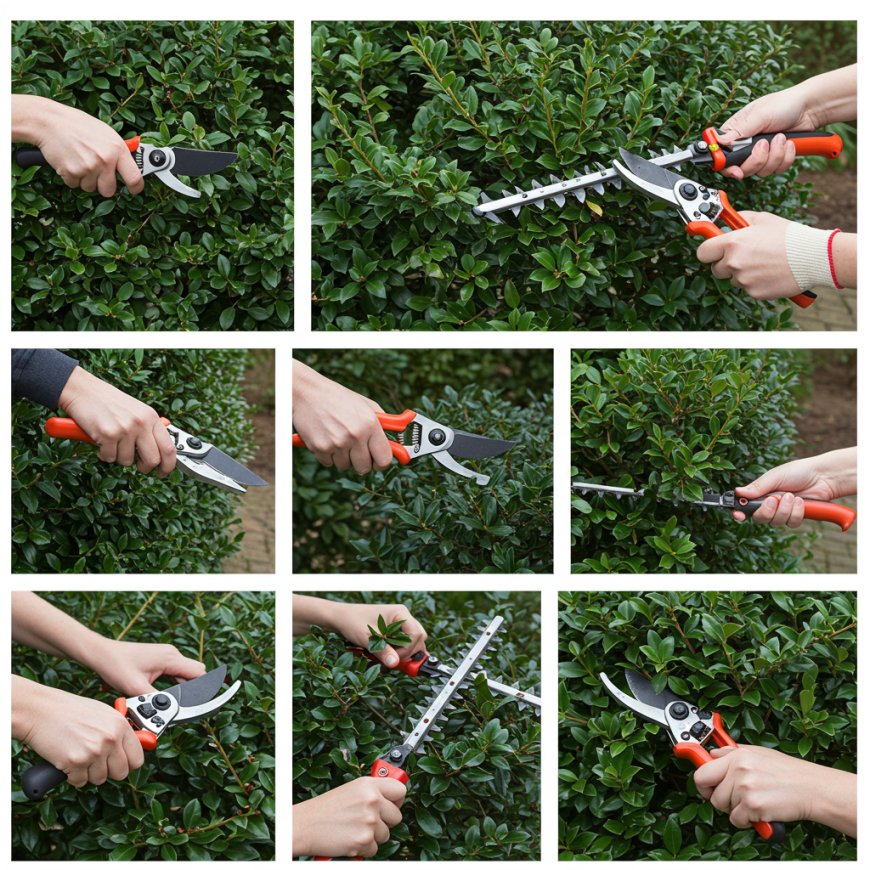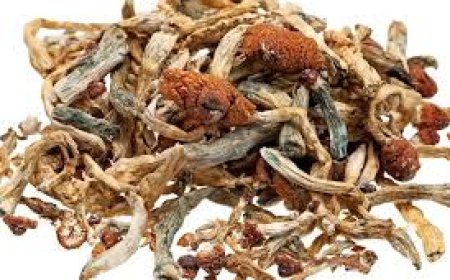How to Trim Holly Bushes: The Complete Guide to Healthy, Attractive Shrubs
Learn how to trim holly bushes properly with this expert, step-by-step guide. Discover the best time to prune, tools to use, and proven techniques for healthy, attractive shrubs

If youve ever faced a holly bush thats grown out of control scratching you every time you mow, shading your flowers, or looking like a tangled mess you know how frustrating it can be. Trimming holly bushes isnt just about keeping your yard neat; its about keeping the plants healthy, encouraging those signature red berries, and making sure the shrub keeps its natural shape instead of turning into a spiky, overgrown ball.
Many homeowners hesitate to prune because they worry theyll damage the plant or cut too much. Thats a valid concern holly bushes can suffer if pruned the wrong way or at the wrong time of year. But with the right approach and timing, you can safely bring them back under control, and even improve their vigor and appearance.
This in-depth guide will show you exactly how to trim holly bushes step by step, when to prune for the best results, and how to avoid the most common mistakes. Youll also find expert tips that apply to the conditions in [your area], so you can keep your hollies healthy and beautiful year-round.
Why Its Essential to Trim Holly Bushes Properly
Holly bushes are popular for their year-round greenery, winter berries, and natural resistance to pests. But they arent maintenance-free. Left alone, they can:
-
Become so dense that light and air cant reach the center, leading to dead interior branches.
-
Grow unevenly or lose their natural shape, making them look messy or block walkways and windows.
-
Produce fewer berries if too much new growth shades the flowering wood.
-
Harbor pests and diseases in overgrown, poorly-ventilated branches.
On the flip side, pruning incorrectly can lead to problems, too. Cutting too much at once, pruning at the wrong time, or using the wrong tools can stress the plant, reduce berry production, or even kill branches that wont regrow.
The good news is that learning how to trim holly bushes properly is straightforward, once you know the basic principles and a few professional techniques.
The Best Time of Year to Trim Holly Bushes
Timing is one of the most important factors in successful pruning.
For shaping and size control:
Late winter to early spring typically February or March in most temperate climates is the best time to prune holly bushes. At this point, the plant is still dormant, but the worst of winter has passed. Pruning before new growth starts gives the shrub plenty of time to recover during the growing season.
For minor touch-ups:
If your holly bushes throw out a few stray branches during the summer, you can trim lightly at any point, as long as you dont remove too much foliage or expose the interior to harsh sun.
If you want berries:
Holly bushes set their flower buds (and eventually berries) on older wood. Heavy pruning in spring can remove much of this wood, reducing berries that fall and winter. If berries are important to you, prune more selectively, focusing on shaping rather than aggressive size reduction.
Avoid trimming in late fall.
Cutting in late fall can stimulate tender new growth that wont harden off before winter, making it susceptible to freeze damage.
How to Trim Holly Bushes Step by Step
Even if youve never done it before, you can confidently prune holly bushes with these clear, practical steps.
1. Start With the Right Tools
Good tools make a big difference. Clean, sharp blades make smooth cuts that heal faster and reduce the risk of disease. Heres what youll need:
-
Bypass hand pruners for small stems up to about inch thick.
-
Long-handled loppers for thicker branches up to 1 inches.
-
A pruning saw for very thick or older wood.
-
Heavy gloves to protect your hands from sharp leaves and stems.
-
A tarp or bucket to collect trimmings and keep your yard clean.
Before starting, sterilize the blades with rubbing alcohol or a 10% bleach solution to avoid spreading any disease.
2. Assess the Bush
Step back and study the bush. Take note of:
-
Dead, diseased, or broken branches.
-
Areas that are too dense, where branches cross or rub.
-
The overall shape you want to achieve more natural, or more formal.
-
Any branches growing toward the center rather than outward.
Planning your cuts in advance will help you avoid over-pruning.
3. Remove Dead or Damaged Wood
Always begin by removing anything thats clearly dead, broken, or diseased. Cut these branches back to a healthy bud or all the way to the main stem if needed. This improves air circulation and allows the plant to direct energy into healthy growth.
4. Thin Out Overcrowded Areas
Next, focus on thinning the canopy. Look for branches that grow inward, cross each other, or shade the center of the plant. Removing these allows light and air to penetrate, which helps prevent fungal diseases and promotes healthy interior growth.
Cut branches cleanly, just above a bud that faces outward. Avoid leaving stubs, which can die back and become entry points for pests.
5. Shape the Bush
Finally, refine the shape of the bush. For a natural look, trim selectively, following the plants existing lines and keeping it slightly wider at the base than the top. This allows sunlight to reach the lower branches, preventing the bush from becoming bare at the bottom.
For a more formal hedge or foundation planting, you can shear lightly with manual hedge shears but avoid overdoing it. Shearing alone can create a dense shell of leaves that shades and weakens the interior wood over time.
No matter what shape you choose, never remove more than one-third of the plants total growth in a single year. Removing too much at once can stress the shrub and stunt its recovery.
Common Mistakes to Avoid When Trimming Holly Bushes
Even experienced gardeners make these errors sometimes:
-
Pruning late in fall or early winter, which stimulates tender growth that winter cold will kill.
-
Using dull or dirty tools that tear branches and introduce disease.
-
Shearing too often or too severely, which leads to bare spots and weak growth.
-
Cutting too close to the ground in hopes of rejuvenating the bush hollies often wont recover from such drastic cuts.
-
Removing too much at once, which shocks the plant and can take years to correct.
Taking a measured, thoughtful approach will yield the best results.
Local Tips for [Your Area]
If you live in [insert region or climate], keep in mind that soil and weather conditions here can influence how your holly responds to pruning. In our hot, dry summers, its a good idea to water the bushes deeply a day or two after pruning to help them recover. Applying a few inches of organic mulch around the base (but not touching the trunk) can help retain moisture and regulate soil temperature after trimming.
In clay soils, avoid standing water around the base of the plant after trimming, as waterlogged roots can stress the shrub further.
How Often Should You Trim Holly Bushes?
Most holly bushes only need major shaping once a year, in late winter or early spring. During the growing season, you can trim lightly as needed to remove stray branches or maintain a clean look.
If your holly has been neglected for years and is now badly overgrown, you may need to spread rejuvenation pruning over two or three seasons rather than trying to fix it all at once. This gentler approach helps keep the shrub healthy while you bring it back into shape.
Final Thoughts
Learning how to trim holly bushes correctly can save you time, prevent costly mistakes, and keep your landscape looking its best year-round. Done properly, pruning not only improves the appearance of your hollies but also promotes healthy growth and enhances berry production.
The key is patience. Work slowly, step back often to assess your progress, and resist the urge to cut too much. Over time, youll develop a better sense of how your hollies respond to pruning, making the job easier each year.
If youre unsure where to start especially with very old or overgrown hollies dont hesitate to consult a local landscape professional who understands the conditions in [your area] and can guide you through the process.
For more expert gardening advice and detailed guides, check out our other resources and dont forget to bookmark this page so you can refer back to it next time you need to trim your holly bushes.









































